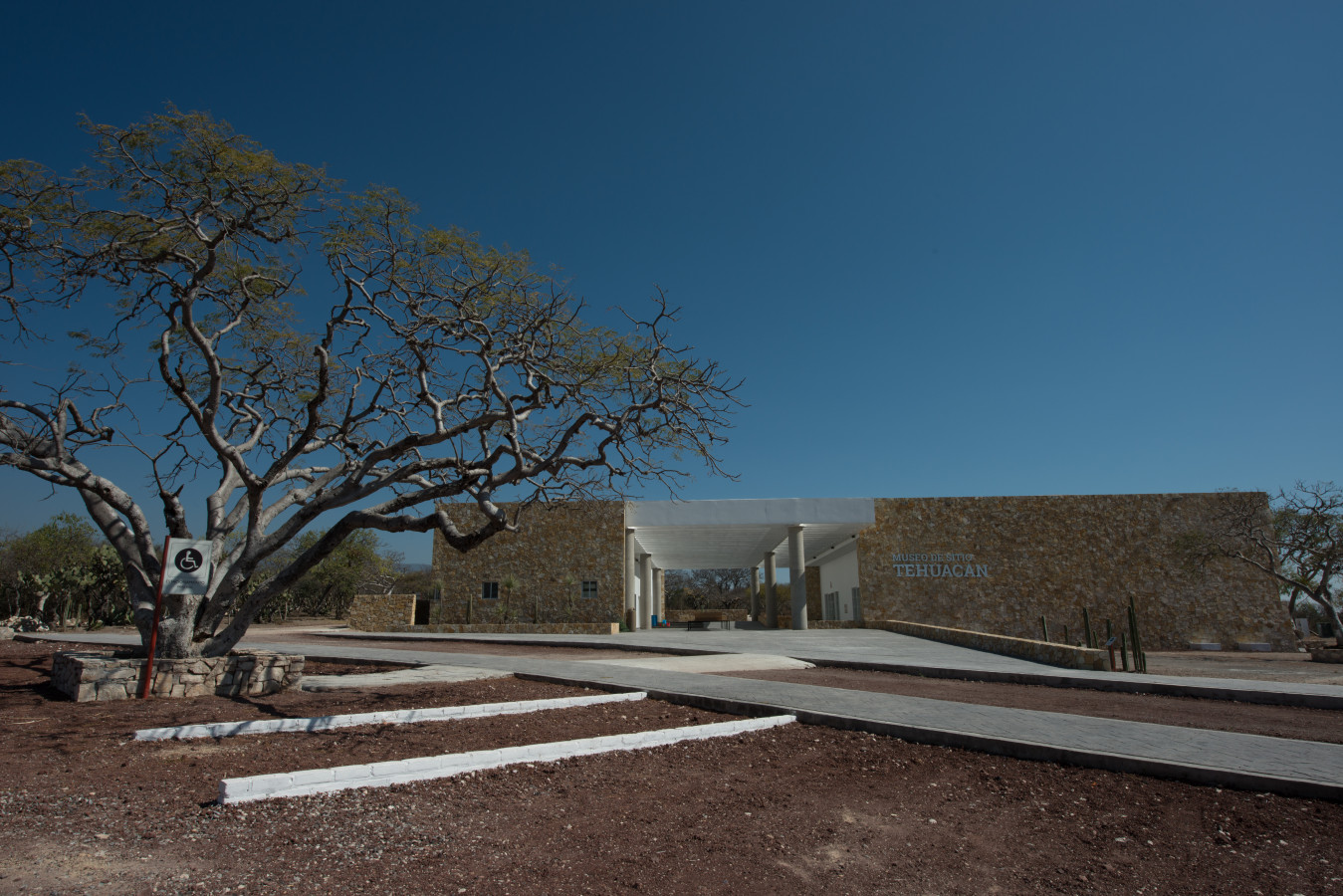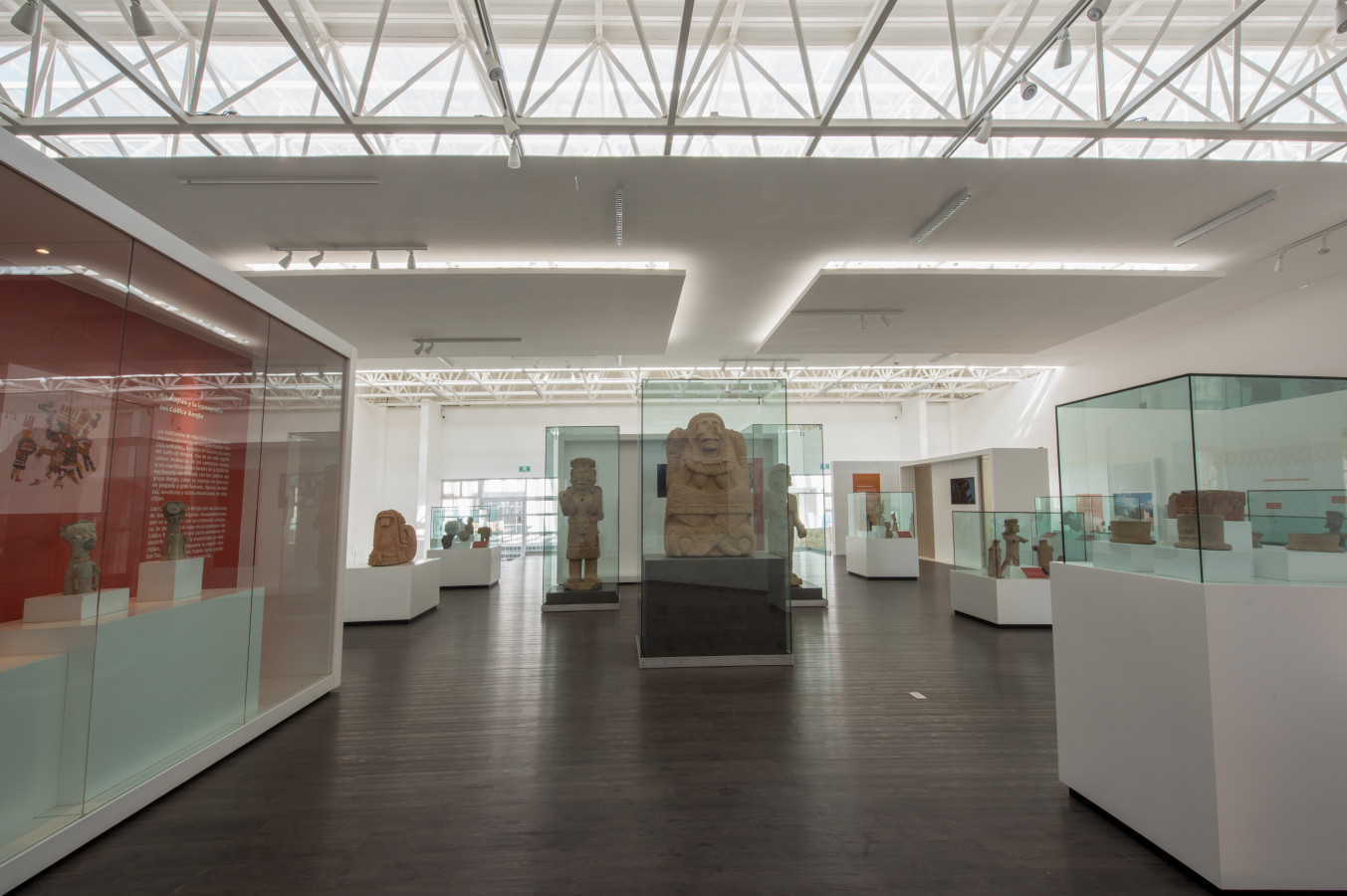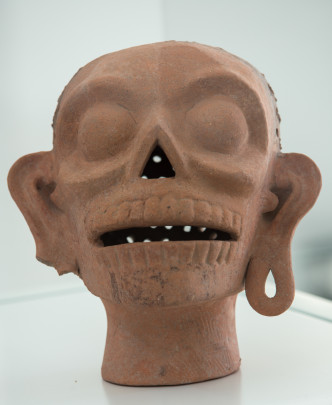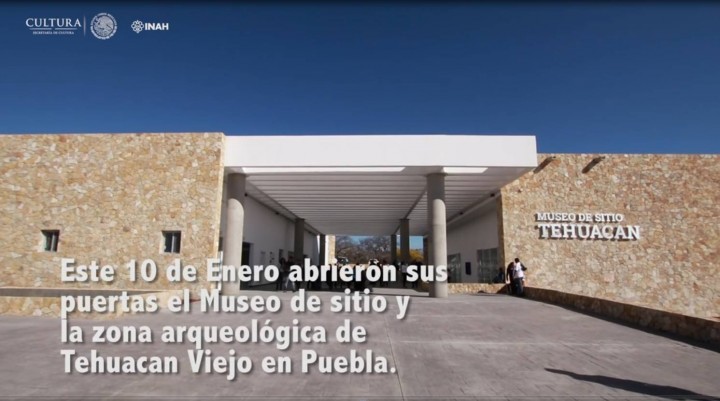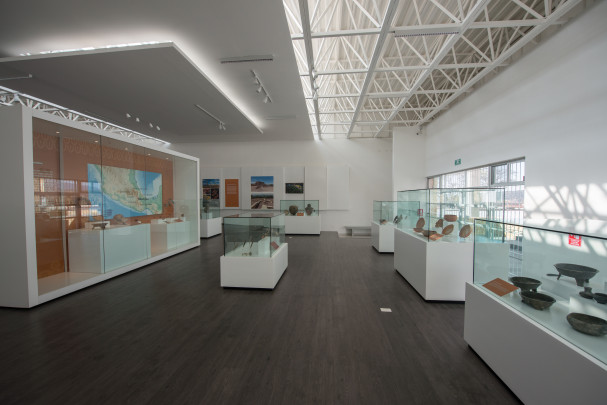Museo de Sitio de Tehuacán el Viejo
Offering a unique view of the Valley of Tehuacan, the site museum of Tehuacan el Viejo has a rich collection of archeological material and audiovisual clips on Ndachjian, better known as Tehuacan, the most important city today in the east of the state of Puebla.
About the museum
The museum displays more than 80 archeological finds, which were discovered during more than 20 years of excavations. The highlights include monumental stone and clay sculptures, pots, figurines and stone materials. There are also examples of local and imported ceramics, which are evidence of the trade and exchange routes which ran from the Central Valleys of Oaxaca to the Highlands, and from the Gulf of Mexico to the Puebla-Tlaxcala region.
There are also important clay figures called xantiles, which are particularly representative of the region, and which show various gods in a seated position with their arms crossed such as: Xipe Totec, Xochiquetzal, Xochipilli and Quetzalcoatl. Paint applied to the figures has been preserved for all these years. There are also large basalt sculptures with a very refined technique which is typical of the region. The quality of the sculpture is so good that we can even see the fine details of the gods’ clothes.
The museum brings to life the ancient city of the Nguiwa or Popoloca culture by means of archeological finds and audiovisual clips. The displays include three-dimensional drawings and animations which explain the architectural plans and religious symbolism of the city.
There are also important clay figures called xantiles, which are particularly representative of the region, and which show various gods in a seated position with their arms crossed such as: Xipe Totec, Xochiquetzal, Xochipilli and Quetzalcoatl. Paint applied to the figures has been preserved for all these years. There are also large basalt sculptures with a very refined technique which is typical of the region. The quality of the sculpture is so good that we can even see the fine details of the gods’ clothes.
The museum brings to life the ancient city of the Nguiwa or Popoloca culture by means of archeological finds and audiovisual clips. The displays include three-dimensional drawings and animations which explain the architectural plans and religious symbolism of the city.
Map
Practical information
Tuesday to Sunday from 09:00 to 17:00 hrs.
Included in the entrance to the Archeological Site
Services
-
+52 (222) 235 4056
Directory
Director del Museo de Sitio
Mauricio Gálvez Rosales
This email address is being protected from spambots. You need JavaScript enabled to view it.
+52 (552) 787 0562

